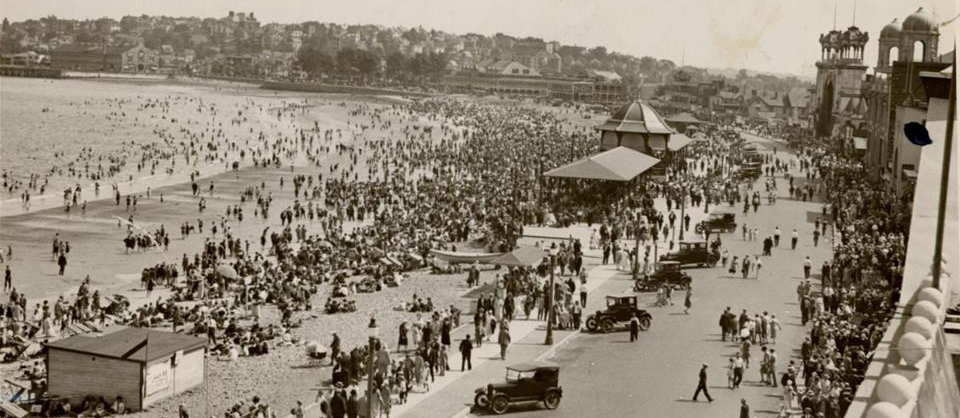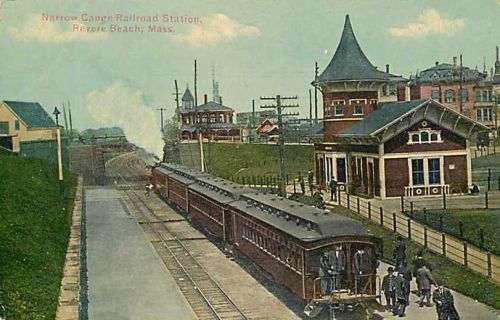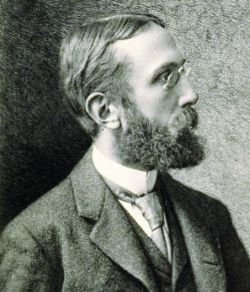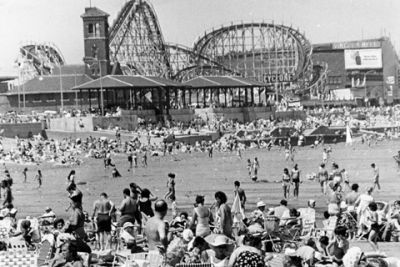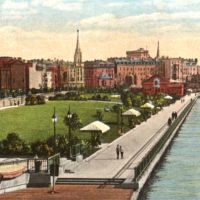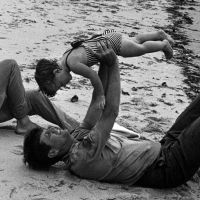Primary Source
The summer of 1896 was a scorcher by nineteenth-century Massachusetts standards. For weeks, the Boston Globe reported on the heat and observed that thousands of people were flocking to the seashore. Until Revere Beach opened to the public, many poor urban residents did not have access to the beach. The following newspaper account of the heat wave helps explain how excited people were on opening day.
ONCE AGAIN IT IS ABOVE 92 DEGREES:
MERCURY TAKES ANOTHER LITTLE EXCURSION
It's not so much another scorcher as the same old hot wave that came in yesterday, and it certainly held all its honors unquestioned. To reach a maximum of 92.8 degrees is high enough for discomfort, especially coming, as it does, after three days of lofty flights of the thermometer…
…The wave as a whole shows the cumulative powers of such phenomena in its relations to human comfort. The first days may be, as in this case, as hot as any of the others, but did not seem so. As the days go by they seem to grow hotter and hotter…but the cold logic of the instrument (thermometer) proclaims the same, steady, even performance of 90 odd degrees…
…In the course of three or four hot days the bodily power of adjustment to surrounding temperatures becomes impaired, the nerves, or whatever does the business, failing to respond quickly to the calls upon them, so that….people were really parboiling; they were really suffering from a higher range of temperature in their system…
"Once Again It Is Above 92 Degrees: Mercury Takes Another Little Excursion" Boston Globe, July 14, 1896.


